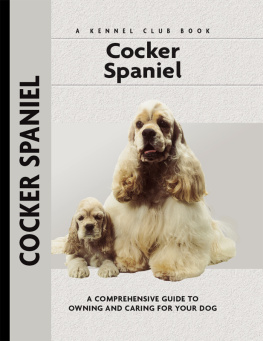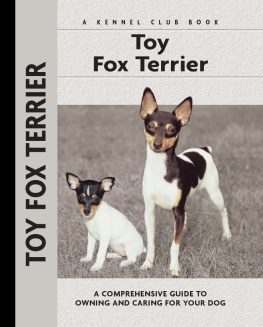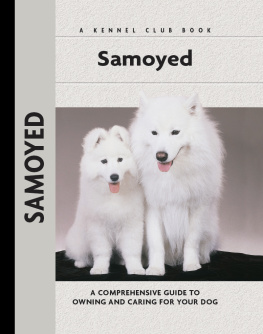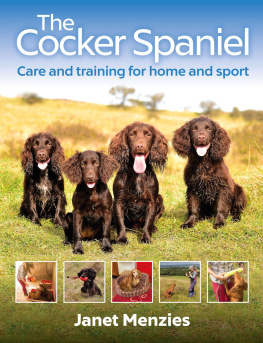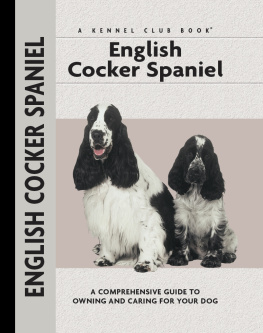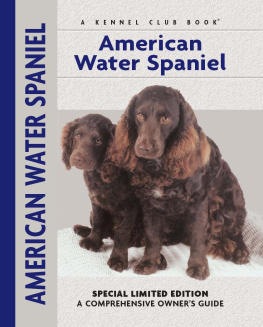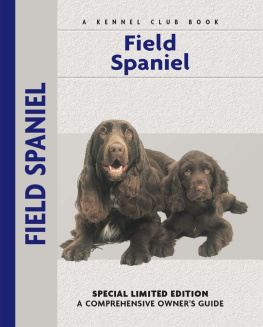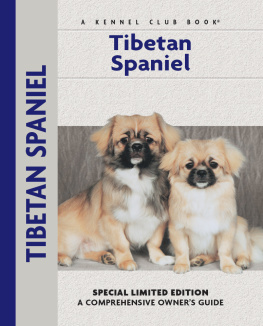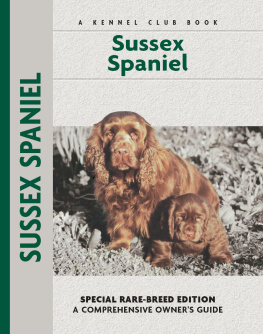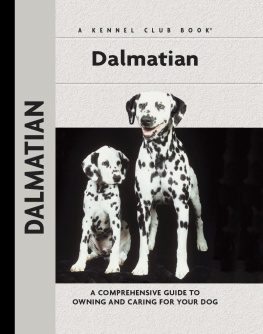
Physical Characteristics of the Cocker Spaniel
(from the American Kennel Club breed standard)
Eyes: Eyeballs are round and full and look directly forward. The shape of the eye rims gives a slightly almond shaped appearance. The color of the iris is dark brown.
Nose: Of sufficient size to balance the muzzle and foreface, with well developed nostrils typical of a sporting dog.
Lips: The upper lip is full and of sufficient depth to cover the lower jaw.
Teeth: Teeth strong and sound, not too small and meet in a scissors bite.
Skull: Rounded but not exaggerated with no tendency toward flatness; the eyebrows are clearly defined with a pronounced stop. The muzzle is broad and deep, with square even jaws.
Ears: Lobular, long, of fine leather, well feathered, and placed no higher than a line to the lower part of the eye.
Neck: The neck is sufficiently long to allow the nose to reach the ground easily, muscular and free from pendulous throatiness. It rises strongly from the shoulders and arches slightly as it tapers to join the head.
Forequarters: The shoulders are well laid back forming an angle with the upper arm of approximately 90 degrees. Forelegs are parallel, straight, strongly boned and muscular and set close to the body well under the scapulae. The pasterns are short and strong. Feet compact, large, round and firm with horny pads.
Topline: Sloping slightly toward muscular quarters.
Coat: On the head, short and fine; on the body, medium length, with enough undercoating to give protection. The ears, chest, abdomen and legs are well feathered, but not so excessively. The texture is most importantsilky, flat or slightly wavy and of a texture which permits easy care.

Body: The chest is deep, its lowest point no higher than the elbows, its front sufficiently wideyet not so wide as to interfere with the straightforward movement of the forelegs. Ribs are deep and well sprung. Back is strong and sloping evenly and slightly downward from the shoulders to the set-on of the docked tail. The docked tail is set on and carried on a line with the topline of the back, or slightly higher.
Hindquarters: Hips are wide and quarters well rounded and muscular. When viewed from behind, the hind legs are parallel. The hind legs are strongly boned, and muscled with moderate angulation at the stifle and powerful, clearly defined thighs. The stifle is strong. The hocks are strong and well let down.
Proportion: The measurement from the breast bone to back of thigh is slightly longer than the measurement from the highest point of withers to the ground.
Color and Markings: Black Variety, any Solid Color Other than Black (ASCOB), Parti-Color Variety.
Size: The ideal height at the withers I for an adult dog is 15 inches and for an adult bitch, 14 inches.
Contents
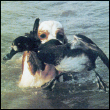
Trace the ancient beginnings of the Cocker Spaniel as a working gun dog and follow its spread in popularity around the world as a companion dog, show dog, competition dog and ambassador of canine good will.
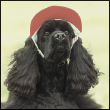
Merry, sporting, outgoing and more! Find out about the traits that make the Cocker Spaniel a popular choice for a companion dog. Discussed here are the personality and physical traits of the Cocker as well as breed-specific health concerns.
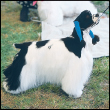
Learn the requirements of a well-bred Cocker Spaniel by studying the description of the breed as set forth in the American Kennel Clubs breed standard. Both show dogs and pets must possess key characteristics as outlined in the breed standard.
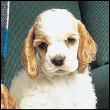
Be advised about choosing a reputable breeder and selecting a healthy, typical puppy. Understand the responsibilities of ownership, including home preparation, acclimatization, the vet and prevention of common puppy problems.
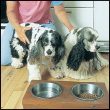
Enter into a sensible discussion of dietary and feeding considerations, exercise, grooming, traveling and identification of your dog. This chapter discusses Cocker Spaniel care for all stages of development.

By Charlotte Schwartz
Be informed about the importance of training your Cocker Spaniel from the basics of housebreaking and understanding the development of a young dog to executing obedience commands (sit, stay, down, etc.).

Discover how to select a qualified vet and care for your dog at all stages of life. Topics include vaccinations, skin problems, dealing with external and internal parasites and common medical and behavioral conditions.
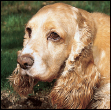
Consider the care of your senior Cocker Spaniel, including the proper diet for a senior. Recognize the signs of an aging dog, both behavioral and medical; implement a special-care program with your vet and become comfortable with making the final decisions and arrangements for your senior Cocker Spaniel.
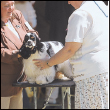
Enter the world of showing dogs. Learn about the American Kennel Club, the different types of shows and the making of a champion. Go beyond the conformation ring to find out about competitive trials and performance events.
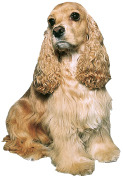
KENNEL CLUB BOOKS COCKER SPANIEL
ISBN 13: 978-1-59378-233-7
Copyright 1999 Kennel Club Books An Imprint of I-5 Press A Division of I-5 Publishing, LLC
3 Burroughs, Irvine, CA 92618 USA
Cover Design Patented: US 6,435,559 B2 Printed in South Korea
All rights reserved. No part of this book may be reproduced in any form, by photostat, scanner, microfilm, xerography or any other means, or incorporated into any information retrieval system, electronic or mechanical, without the written permission of the copyright owner.
Photography by:
Norvia Behling, T. J. Calhoun, Doskocil, Isabelle Franais, Carol Ann Johnson, Bill Jonas, Mikki Pet Products, Antonio Philippe, Alice Roche, Karen Taylor and Haja van Wessem.

